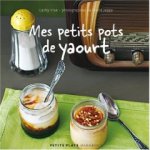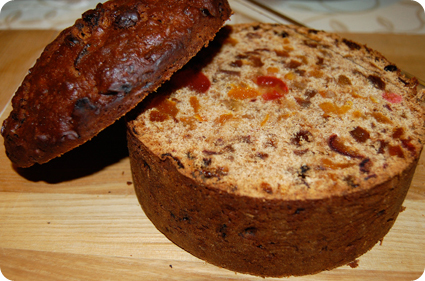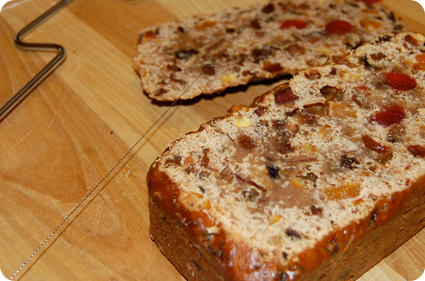
I first became obsessed with the idea of making my own yoghurt when I lived in France for six months after leaving school. Those cute little glass jars that can be found in even the most unexceptional French supermarket were so much more enticing than the plastic-potted dairy products of my childhood; they were understated, alluring and rich with promise, the contents fresh-tasting, creamy, tart and tangy. You can find such delights today on the Real France stall at London’s Borough Market. But how much more fun to make them at home!
Knowing of my aspirations in this area, a very dear friend went to a great deal of trouble a few years ago to find me an authentic French yaourtière for my birthday. My experiences were mixed and some batches were more successful than others – it is probably fair to say I didn’t exactly master the art of yoghurt making. However, on a recent trip to Paris and a visit to what must surely be one of the world’s best foodie bookshops, my passion was happily rekindled by a lovely little book called Mes petits pots de yaourt (My little pots of yoghurt). It is one of a series of beautifully designed books that cover a variety of culinary topics, many of them distinctively French: crêpes, macarons, petites cocottes… I highly recommend them, either for real kitchen use if you are adept at translating from French, or just as some good old fashioned foodporn if you only want to look at the pictures.

Anyway, I digress.
I duly dusted off my French skills (ahem), and feeling suitably re-inspired, set about trying a couple of the recipes in the book. A brief intro for anyone who may not be a yoghurt-aficionado: WHAT IS YOGHURT? Yoghurt is formed by the bacterial fermentation of milk. Bacteria cause the sugar in the milk (lactose) to ferment, producing lactic acid, which in turn reacts with the proteins in the milk to thicken it. These bacteria are only active at 40-42°C, and they die at 45°C. It takes a minimum of three hours for the transformation to take place, at a constant temperature of between 37-42ºC, and the mixture must not be moved during the process. So now you know.
My little book explains four different ways to make yoghurt:
- using a yaourtière
- at a very low temperature in the oven
- in a pressure cooker
- in a thermos
The latter is the least effective method – to be employed only in real yoghurt emergencies. The basic principle is always the same: mix 1 litre of warm milk (cow, goat, sheep, buffalo, yak…) very thoroughly with a small pot (about 150g) of live/probiotic yoghurt, distribute amongst your empty jars, and leave them undisturbed at 40ºC for at least six hours for the bacteria to work their magic.
I used whole milk as it makes for a smoother end product. The instruction booklet that accompanied my yaourtière recommends that pasteurised milk be boiled first and then cooled and strained to eliminate the skin. I beat my little pot of ‘starter’ yoghurt to within an inch of its life to get a nice consistency, then tipped it into the milk – now at room temperature – and gave the whole thing a good stir. Having decided to try ‘yaourts à la confiture d’abricot maison’ (yoghurts with homemade apricot jam) and ‘yaourts aux framboises’ (raspberry yoghurts), I prepped my pots accordingly: to two I added a spoonful of apricot jam (sadly not homemade, but from Waitrose so bound to be almost as good); to three more I added a few raspberries and a sprinkle of sugar (since raspberries are out of season I used frozen ones, defrosted); the remaining two I left plain, one of which can be used as a starter culture for next time.

I’ll let you know how they turn out.
— — —
I used the aforementioned cake levelling wire to remove the cracked tops from my Christmas cakes this afternoon – really pleased with the results.


My thoughts now turn to marzipan. I’m not a big fan, but am nevertheless deeply tempted to try making the zesty orange marzipan from the BBC Good Food website – although perhaps that would be over-gilding the lily?
